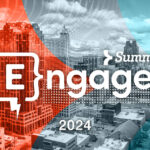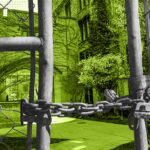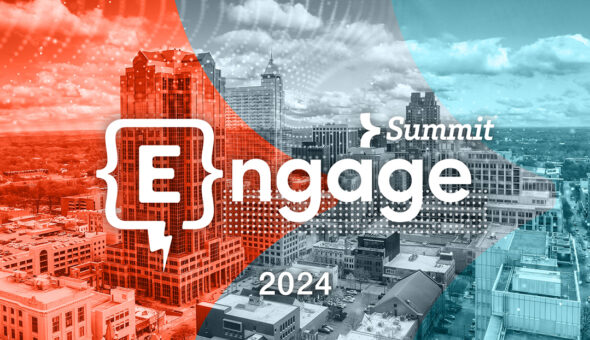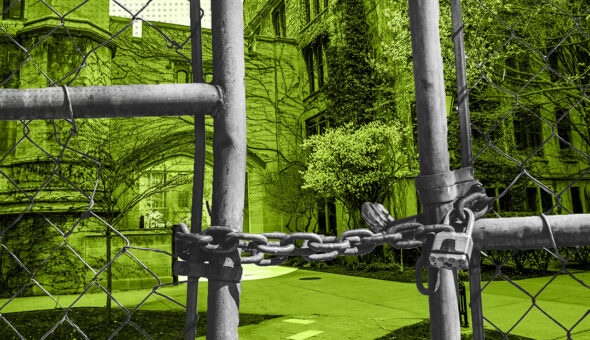We spoke to several staff members at various universities – including professors, administrative staff, consultants, and mid-level administrators, some of whom asked to remain anonymous – about what their institutions are planning for the fall, and how they feel about it. If these interviews are any indication, schools that demand their staff be on campus five days a week may soon have a disgruntled workforce.
Plans Are Still Fluid
The people Volt spoke with said that plans are still formulating, and little has been finalized with regard to professional employees; the schools that have released their plans have also generally made clear that everything is subject to change. Most of those we spoke to were enthusiastic about seeing students on campus, but concerned their institutions would end remote work entirely.
“Remote meetings are more efficient and certainly benefit the environment, as they save everyone from having to drive to campus for perhaps a one-hour meeting.” – Taryn A. Myers, Virginia Wesleyan University
One mid-level administrator at a small liberal arts school said his institution consulted with lawyers to determine what they could demand of their employees in terms of working on campus versus remotely, weighing the exemptions and accommodations they would have to make for employees with health concerns. Another source, a consultant on a few universities’ return-to-campus plans for non-teaching employees, described resistance on the part of some senior administrators to any model other than a complete return to pre-pandemic expectations, convinced that any sort of permanent flexibility would hinder staff productivity.
The staff we spoke with, however, felt the opposite: They were hesitant about a full return and nervous about what it would mean, whether for their health or the flexibility they had come to embrace.
Remote Work Became Easy and Efficient
“I didn’t think I’d want to be working from home, and I didn’t really plan to like it,” said Karen Wisnia, a business administrator in the department of physiology at the University of Pennsylvania’s School of Medicine. Early in the pandemic, Wisnia was challenged by the limitations of her home-office set-up. “I’m used to having two screens, so I can have the payroll system open and a spreadsheet open. In the beginning, it took a really long time to figure out how to make it all work.” With her supervisor’s support, Wisnia upgraded her office and now, while she misses the hum of a busy office, Wisnia and her colleagues have adapted to communicating via email and video conferencing. She has come to enjoy working from home, and she is hopeful that Penn will continue to allow at least some remote work – a decision the university is, for now, allowing administrators to make on an individual basis. As of publication, there is no campus-wide remote work policy.
“We need to be living in an environment where we’re getting so much more compassionate” – Alexander Lowry, Gordon College
Blocks away from Penn, at Drexel University’s College of Nursing and Health Professions (CNHP), Dr. Fran Cornelius, assistant dean of teaching, learning, and engagement, and Dr. Dana Kemery, director of innovative course design and technological infusion, have been working with university administrators to determine the right path forward as faculty, staff, and students all prepare to return to campus.
“Having an on-campus presence for students to meet with faculty and staff is important,” Cornelius said. “However, we have found that many students prefer to have a Zoom meeting rather than meet face to face, even if they are on campus.”
The school’s staff adjusted so well to working remotely that Cornelius and Kemery are allowing additional flexibility in terms of work schedules and remote work while their teams transition back to campus, emphasizing how much Drexel considered the individual needs of faculty and staff in making their plans for the fall.
Alexander Lowry, a professor and the executive director of the financial analysis master’s program at Gordon College, a small religious institution in Massachusetts, agreed that remote work quickly became easier than expected, particularly due to the ease of remote meetings.
“I found over the last year, my gosh, I’m so much more efficient now,” he said.
Considering Risk Factors
With just under half of Americans still not fully vaccinated at the time of publication, higher ed employees have varying comfort levels about returning to campus.
For Taryn A. Myers, the director of academic effectiveness and an associate professor of psychology at Virginia Wesleyan University, the flexibility of working from home allowed her to stay safe.
“I have four risk factors for COVID, so I have been teaching via video conference since March 2020.” Myers said most of the faculty at VWU have been on-campus all year, and she is expected to be back to full-time, on-campus instruction starting this fall. While she is excited about returning to in-classroom instruction after a year of teaching via videoconference, she also fears the university will discard some of the systems put in place during COVID.
“We found that many students prefer to have a Zoom meeting rather than meet face to face, even if they are on campus.” – Fran Cornelius, Drexel University’s College of Nursing and Health Professions
“I liked that sick students could remotely sign in for class and keep up with the work,” she said. “I also think that remote meetings are more efficient and certainly benefit the environment, as they save everyone from having to drive to campus for perhaps a one-hour meeting.”
Not every institution is willing to sacrifice face time for efficiency. Virginia Wesleyan’s expectation is that all university employees will “Help Bring Back Normal.” There’s some talk of keeping Zoom office hours, but all classroom instruction and campus business will soon take place in person.
To enable that, VWU will require all faculty, staff, and students to show proof of vaccination prior to the start of the academic year, and they’re not alone. The Chronicle of Higher Education has identified nearly 250 schools who, like VWU, have vaccination requirements for their employees. Among the other institutions whose employees we interviewed, Penn and Drexel are similarly requiring proof of vaccination or a valid exemption before the fall term; at Gordon, vaccination is strongly encouraged but not required.
A Call for Compassion
Lowry said he has seen good things come from remote work. Still, Gordon faculty and staff are expected on campus full-time as of the fall semester; Lowry is encouraging them to begin gradually easing back onto campus this summer, and is hoping that some of the good that came out of last year will carry over to this one.
For Lowry, who also leads chapel services at Gordon, it all comes down to the Christian concept of grace.
“We need to be living in an environment where we’re getting so much more compassionate,” he said. “We’re getting peeks into the lives of people. They’re trying to make all this work amidst chaos. I think it’s forcing all of us to realize everyone else is a human being. Everybody else has their own struggles. Don’t we all need to give grace to everyone in the same way we’re needing grace in this time?”
Put a more secular way, Cornelius said these peeks into her colleagues’ lives has created “an opportunity to form closer, mutually supportive relationships.”
In a few short weeks we’ll find out whether those mutually supportive relationships will be sustained via flexible work arrangements or face to face, by mandate, Monday through Friday.








